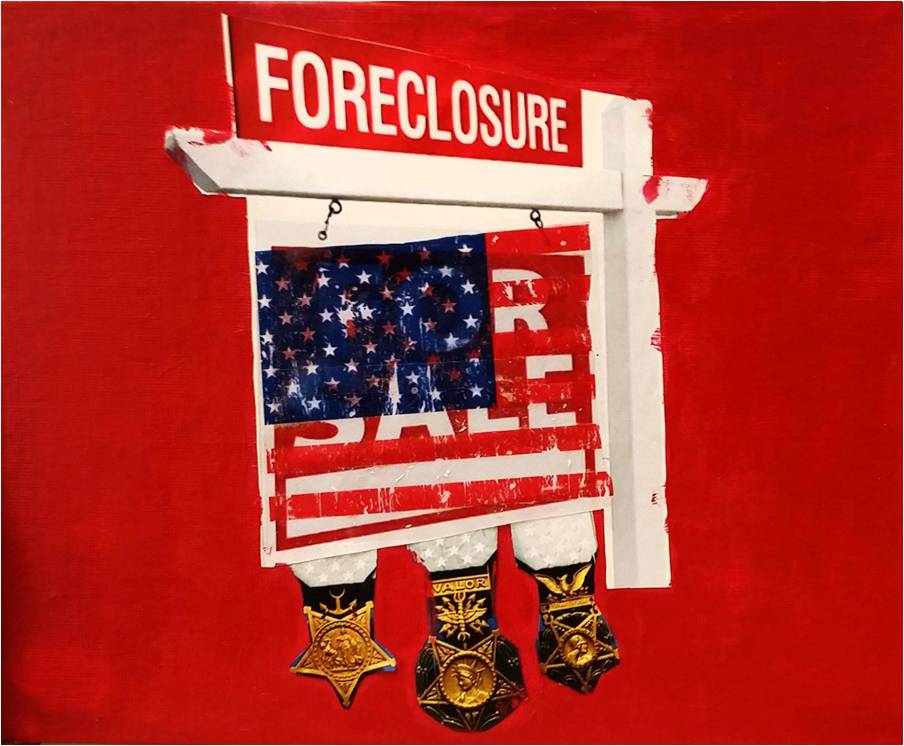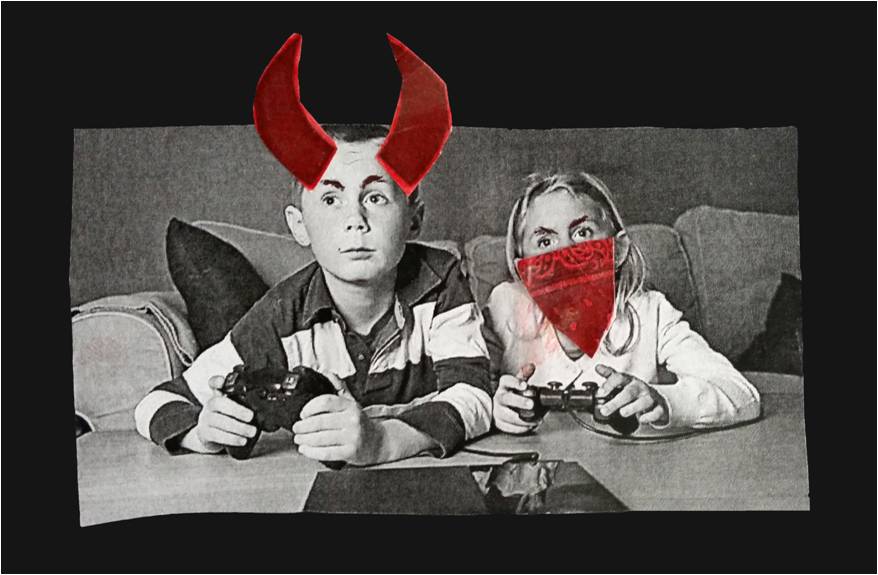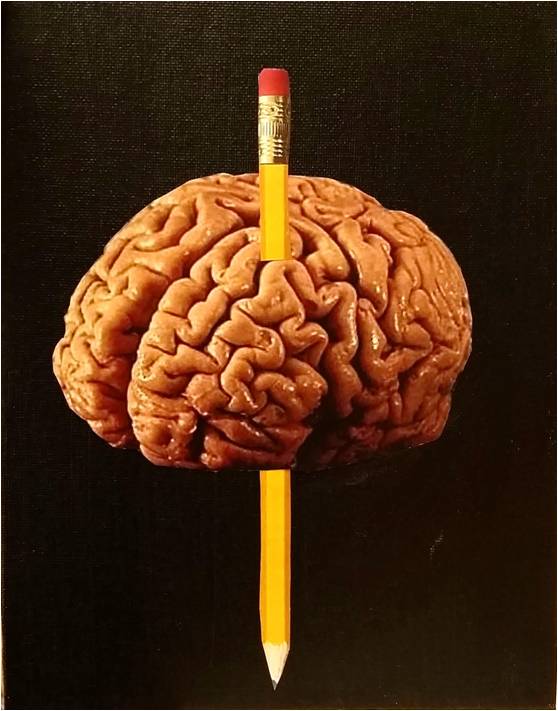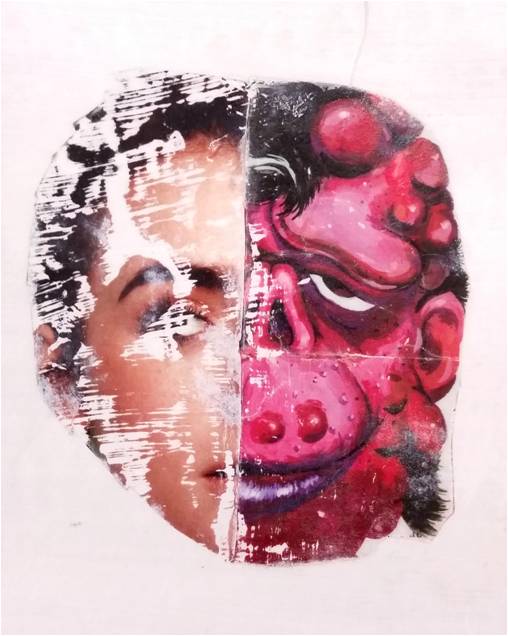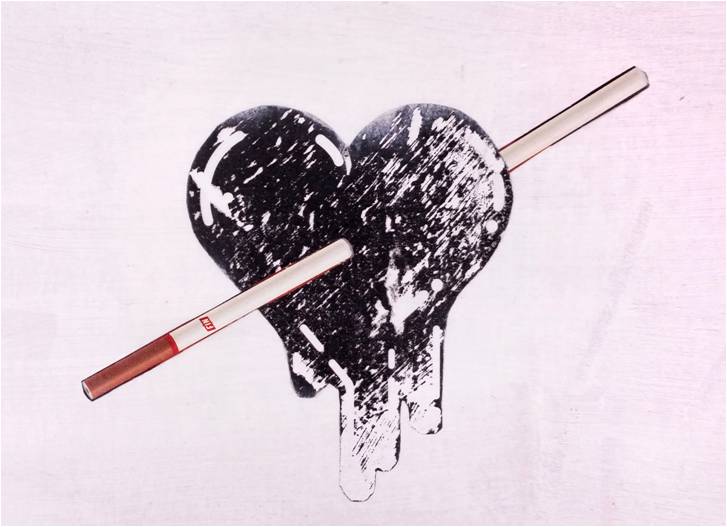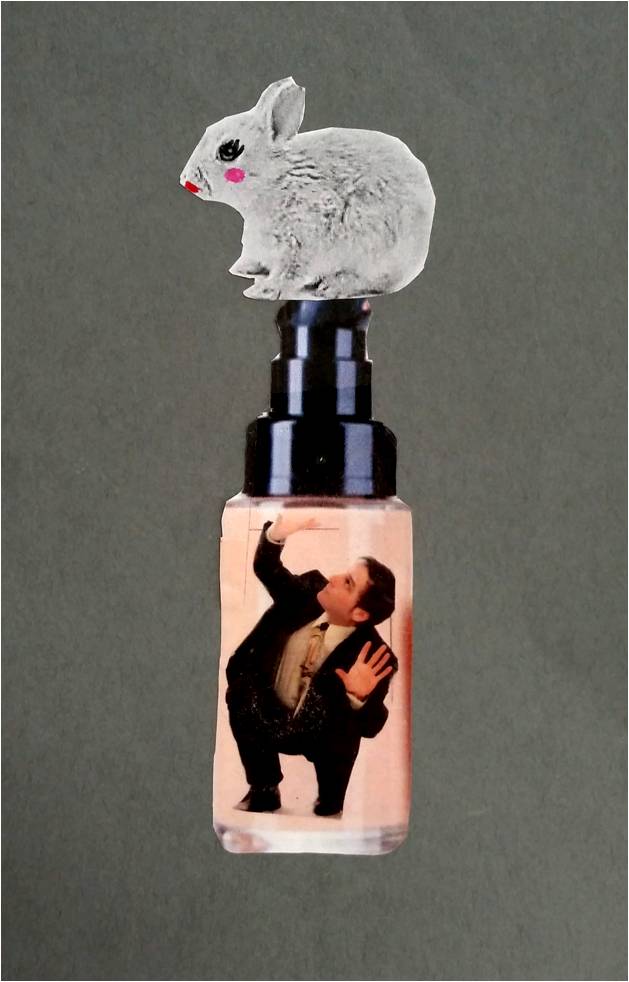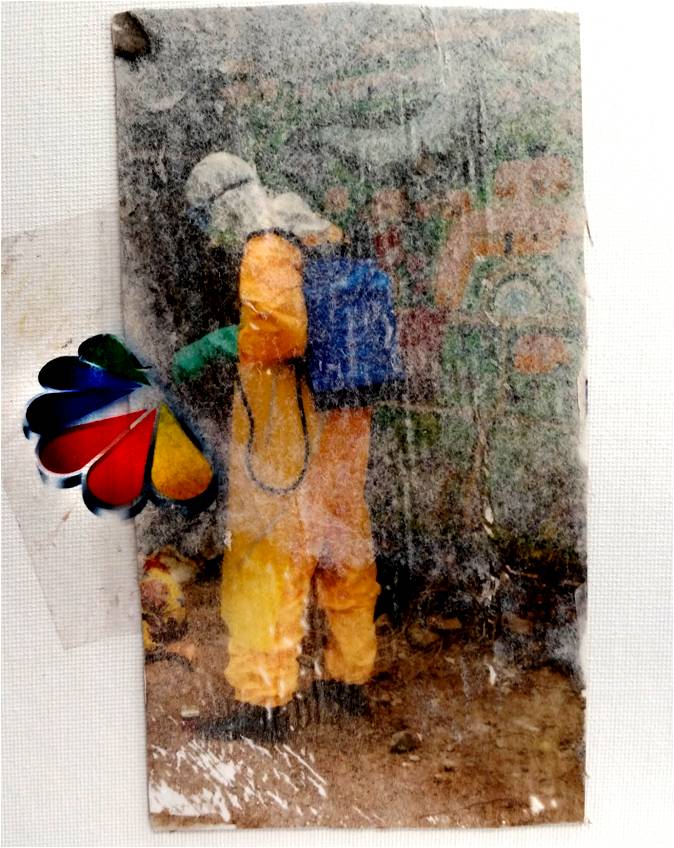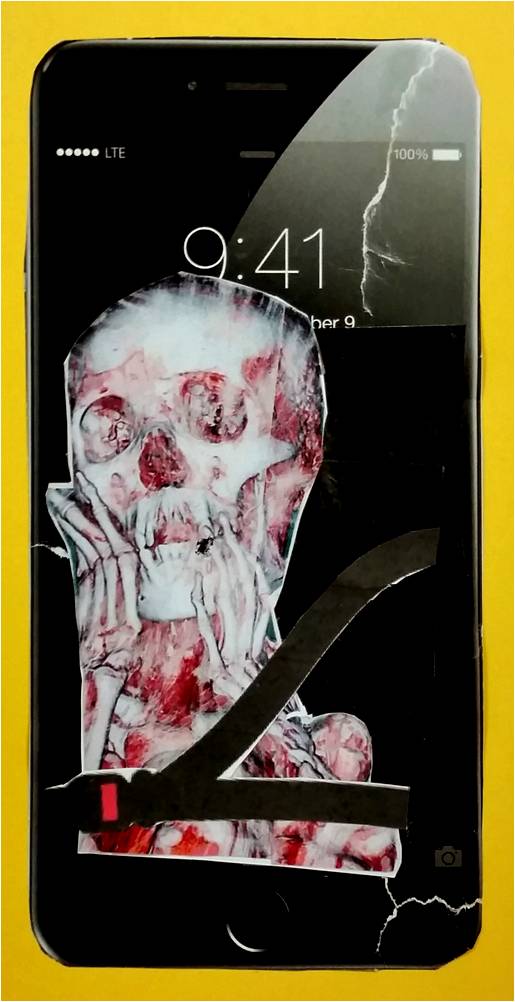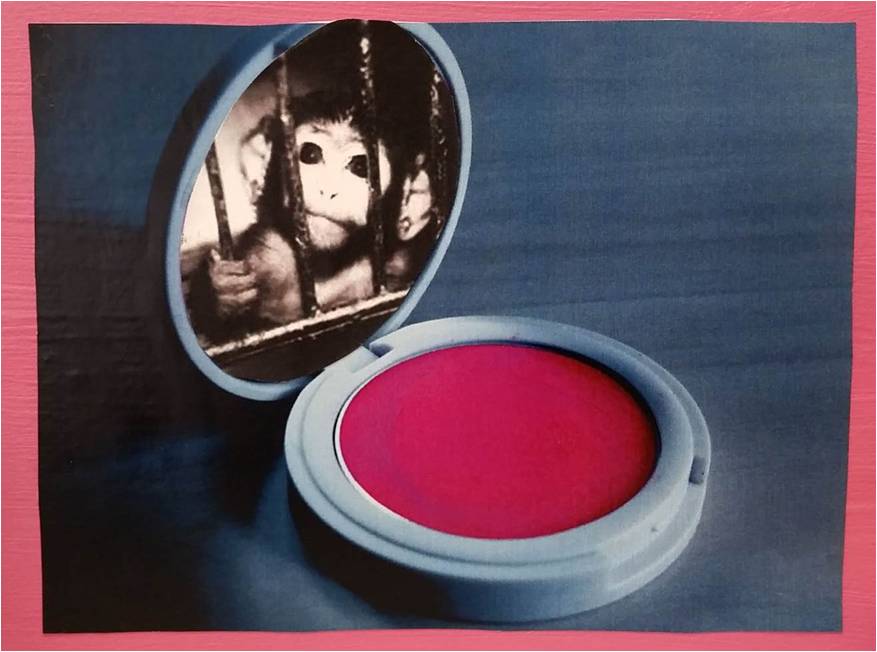Students in a 7th grade interdisciplinary English /Studio art course had just completed writing their persuasive essay assignments. In this activity, students researched various social issues that were important to them. Then, they used this information to construct a persuasive argument, which was mailed to an individual who was capable of affecting change in relation to each issue.
For their art assignment, students began studying the works of street artists like “Banksy” that use their public art to make “persuasive arguments”, offering up critiques of various social ills and trying to convince us to adopt a certain opinion, or take up an action, about the issue. Students discussed topics such as:
- does art have the power to affect public opinion
- how do you make a persuasive argument with images?
- is there a similarity between visual and written persuasive arguments?
- is graffiti art considered art? What purpose should art have?
Banksy often relies on the use of juxtaposition in his art to create his meaning. Juxtaposition involves placing two or more seemingly unrelated images in close proximity to each other, which invites us to compare and contrast them to create new meaning that did not exist before.
Students were tasked with using juxtaposition to create persuasive artwork based on the issues they wrote about, and researched, in their letters. In this lesson, students used collage and image transfer techniques to create their artworks, but this lesson could be easily adapted to a printmaking lesson or a digital art lesson to introduce students to working with Photoshop.
